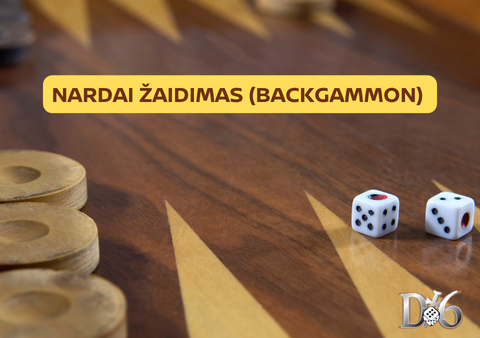Have you ever wondered what the simple, everyday word "sport" means? It has become so commonplace in so many different contexts that probably hardly any of us use it in the context of chess. But we should, because chess is not only a board game, but also an intellectual sport like draughts (read the article checkers rules), in which two opponents compete. The rules of chess are explained in simple terms below.
What are the chess pieces?
There are 6 pieces in chess: a King, a Queen, a Rook, a Knight, a Knight and a Pawn.
How many people can play chess?
The chess game is for 2 people.
What size is the chessboard?
The chessboard consists of 64 cells (8×8). Half of them are light, the others are dark.
How are the pieces arranged before the chess game starts?
The pieces are placed in the two rows closest to the player. The row closest to the player must contain the Rook, the Knight, the Trotter, the King and Queen (the Queen must stand in her colour box), the Trotter, the Knight and the Rook. The next row has 8 pawns.
Who starts a chess game?
In chess, the first move is always made by the player who plays the white (light) pieces.
Since ancient times, playing chess has been a very interesting pastime, but a bit challenging. Even today, although the majority of people can play chess perfectly well, there are some who unfortunately still find the rules of chess a headache, and we hasten to discuss in the following article how to get rid of this headache.
Chess rules. Layout
The rules of chess may seem very easy to some, but chess is a more difficult game for beginners to understand. However, we want to make sure it's manageable for everyone, so let's start at the very beginning.
Chess is played with two players. These players need a chessboard with dimensions of eight by eight squares. The 64 squares alternate between light and dark colours. Traditionally these colours are black and white.
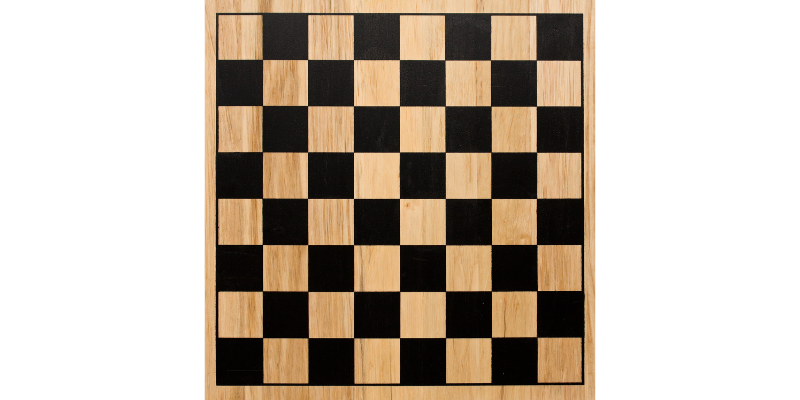
The pieces must be arranged in two horizontal rows closest to each player. The second row on each player's side consists of a line of eight pawns, each in a single box. The line closest to the player looks like this: in the two left and right corners are the towers (also known as castles), and in the inner space next to them are the knights (horses), then the bishops (bishops).
The chess layout also has two central chess squares. The latter are designated for the King and Queen. The Queen is placed in the box corresponding to her colour. For example, if the queen is black, her box is also black). The King occupies the remaining square of the opposite colour. In chess, this means that the king and queen of each colour face each other.
The white player starts the game. The players then alternate individual moves until one of the players wins or resigns. However, a draw can also be agreed. Often it is chosen to play with an optional timer, as in various tournaments. In this case, the player who runs out of time loses the game.
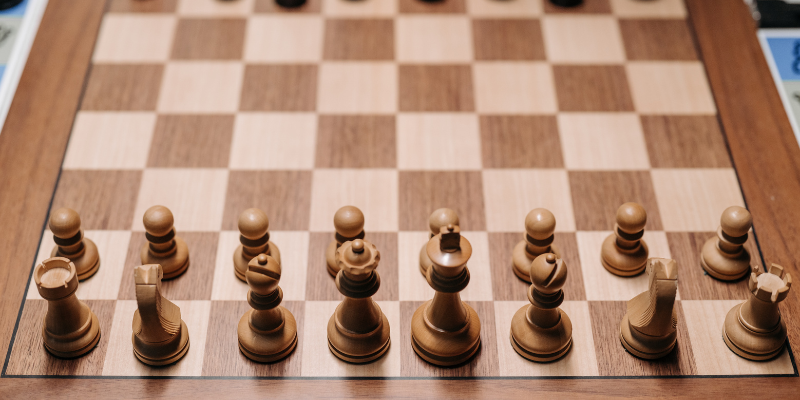
Chess. How to play?
The question of how to play chess is not that complicated. In chess, each player takes it in turn to make one move. Note that players cannot choose to skip a turn - they have to move a piece with each move.
In chess, the chess pieces move in a certain way and must move according to their legal movement. However, it must be remembered that, exceptionally, the knight may jump over the pieces. All other chess pieces cannot do so. Nor can they occupy the square in which your piece is located, but they can cut down an opponent's piece and then occupy his square.
Another important point is the placement of a piece in the gap with the opponent's piece. When this happens, the piece is picked up and removed from the board. When a piece picks up an opponent's piece, it must complete its current move and end the player's turn.
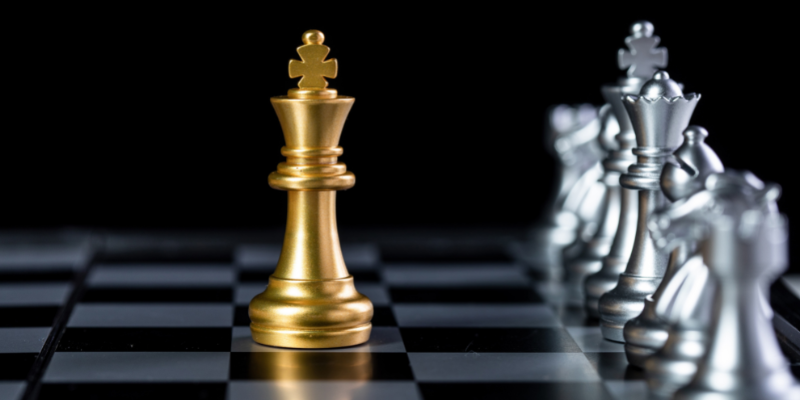
Chess pieces
There are six chess pieces in total. All of them are important and make certain moves. If you make all the moves wisely, you can win the game, so let's discuss which pieces they are and how they move in the game.
The King
The King is the most important piece in the game, but also the weakest. In chess, the king has the power to move only one square in any direction, whether it is forward, backward or sideways. The king can also castle, and he can never move into a position that is dangerous to him.
A special rule ("Castling") applies to both King and Rook. This means that two important things are allowed: placing your King in a safe box or moving your Rook from a corner to the middle of the game. You can move the king two boxes to one side, and then move the tower directly next to the king on the opposite side. However, for the castling to take place, it must be the first moves of these pieces. The path between the king and the rook itself must be clear. You lose the game if you lose your king.
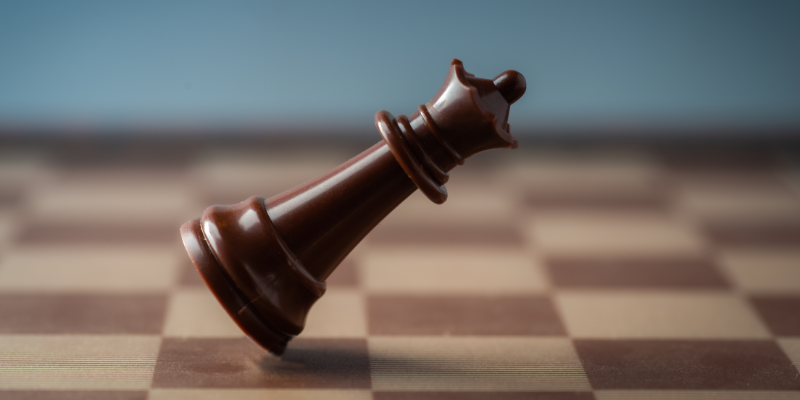
The Queen
The Queen is the most powerful chess piece. She can move any number, but she is not allowed to jump over any other piece. The Queen is allowed to move in any direction, but if she is "caught", then like any other chess piece, she will be removed from the game.
Tower
The chess rules for the Rook say that this piece is also known as the Castle and can only move backwards, forwards or sideways. The rook cannot jump over any other piece. When comparing the strength of the Rook to other pieces in the game, the Rook is considered a powerful piece, especially when it comes to defending and attacking the opponent.
Rikis
Rikis walks the same way as the rook in chess - only in diagonals. A chess game starts with two rooks. One trot can only walk on white squares and the other on black squares. There is no restriction on the movement distance of this chess piece. As such, the rook is considered a weaker piece than the rook.

Horse
Chess also has a knight piece. There are two of them. This chess piece is characterised by the fact that it can move in the most unusual way compared to the other pieces in the game. It can only cross in the last move box. Because of its ability to jump pieces, players often choose to start the game with the knight. Its value is similar to that of the knight. The most interesting thing is that the knight can jump to any colour: from white to black, from black to white.
Pawn
In chess, the pawn is the weakest piece in the game. Each player has as many as eight pawns. Their direction of movement is only forward through one box. If he is in the starting position, he can move forward two boxes. If he walks straight, he cannot cross other pieces. He can only cross figures that are one box further to the right or to the left.
Passant crossing is also possible. This is possible when the opponent has moved from his starting position through two boxes in the previous move. He can only move forward in the game. If he happens to go off the straight path into an adjacent vertical while crossing, then he has to take a new vertical.

Instead of a pawn, if it has reached the last final box, you can place any piece of your colour: a knight, a knight, a lord, a rook. Note that only the king cannot be placed, but it is strictly forbidden to change anything.
Shah, Matt and Pat
We have already seen that chess is a very interesting game. To be able to play it well, you need to be able to look into even the smallest details, so we'll also explain what the basic terms in chess mean.
Rocking
It can only be used once per game. It is played with two pieces at the same time: the king must move towards the rook (left or right) through two boxes, and the rook is moved over the king and placed next to it.
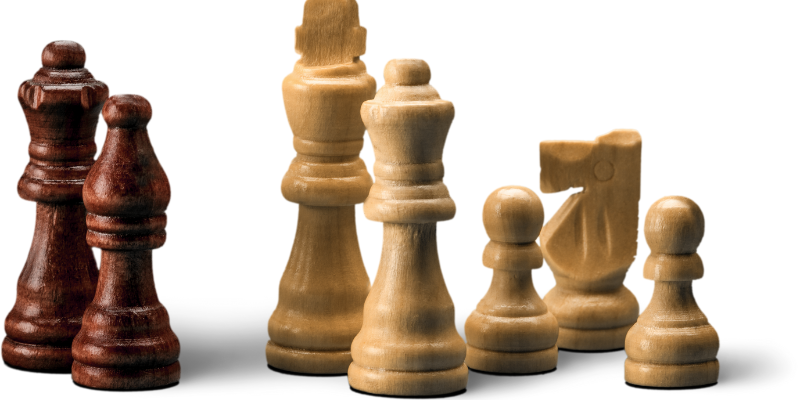
There are also limitations to rocking. It cannot be performed after the King has made a move. It is also not allowed when the Rook has already moved (no Rocking is allowed with this Rook). It is also not allowed when there are other pieces between the Rook and the King. Note also that no rocculation will be performed if the King is attacked or if it is his turn to go through the attacked cell. Feel free to castle when the rook is attacked or the rook is attacked.
Chess
It is defined in chess as the state of directly attacking the opponent's king. If this happens, the king must be defended in one of three ways. The first is to move the king to any other adjacent square if it is not under attack. The second is to cut off the checking piece. The third is to place a piece between the piece in check and the king.
Matthew
Interpreted as the state of declaring a check on an opponent against which it is no longer possible to defend oneself.
Pat
A situation in the game where your opponent has nowhere else to go, and the king is unchecked.
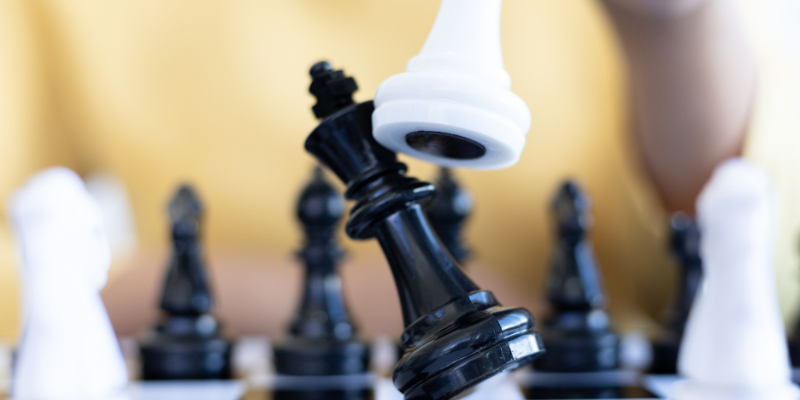
Although it is difficult to pinpoint the exact date of its origin, chess is known to have reached Europe as early as the sixth century (in southern Albania), and is still popular in various parts of the world today. Recognised as an intellectual game, chess appeals to many, but not everyone is willing to try their hand at the game.
We would like to encourage you to look into the rules of this game discussed in the article above and finally dare to play this game and discover a new favourite pastime, or maybe even become a chess professional and take part LSF Organised competitions.

